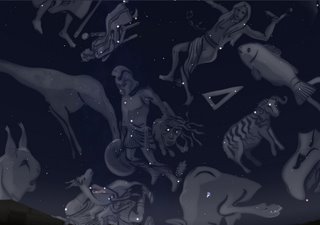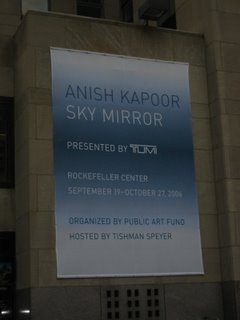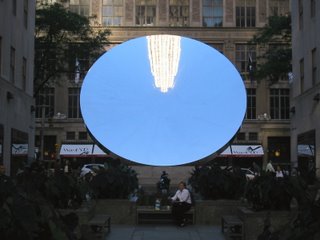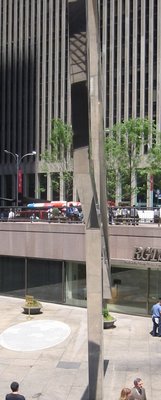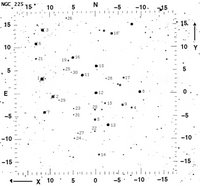Away from the Lawn - Columbia University
Away from the lawn, sans scope, I participated as a pedestrian to Columbia University's Astronomy and Astrophysics department public outreach. Two grad students, Cameron & Neil, tended to 2 ~ 3 dozen people, including a film crew that was shooting on the 13th & 14th floor, who came up to the roof of Pupin Hall to look through three scopes. I suspect that there was a third host because there were three scopes altogether but if there was I missed to meet him or her. Both Cameron & Neil obviously enjoyed what they were doing by sharing their knowledge of the heavens, describing their grad work, and gracefully deflecting conversations about UFOs.
If the weather and your schedule permit, I strongly recommend dropping in on one of the Fall public observing sessions. It's worthwhile to have three large scopes, two domes, and friendly persons providing facts and viewing of astronomical wonders. One can sign upon their mailing list to receive alerts. Check it out on the public outreach page, the "Open Nights" tab seen in the middle of the page.
October 20
November 17
December 15
This was my very first time observing from within a dome. These structures are worth their weight in gold since they do a fantastic job ridding all the ambient light except that which comes in through the slit of the dome. Local, ambient light can severely limit how dim one can see and it is a nuisance causing glare in the eyepiece. Also, one can't feel like you're not doing atsronomy as well as twist of romaticism to add.
I could make it a habit to abandon TotL and make Pupin Hall our new observatory. Now only have to find money for new eyepieces and tuition.
All I want is dome time!

